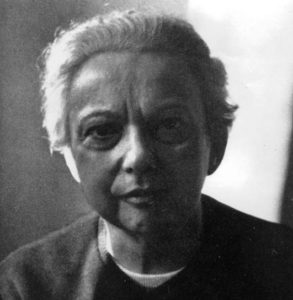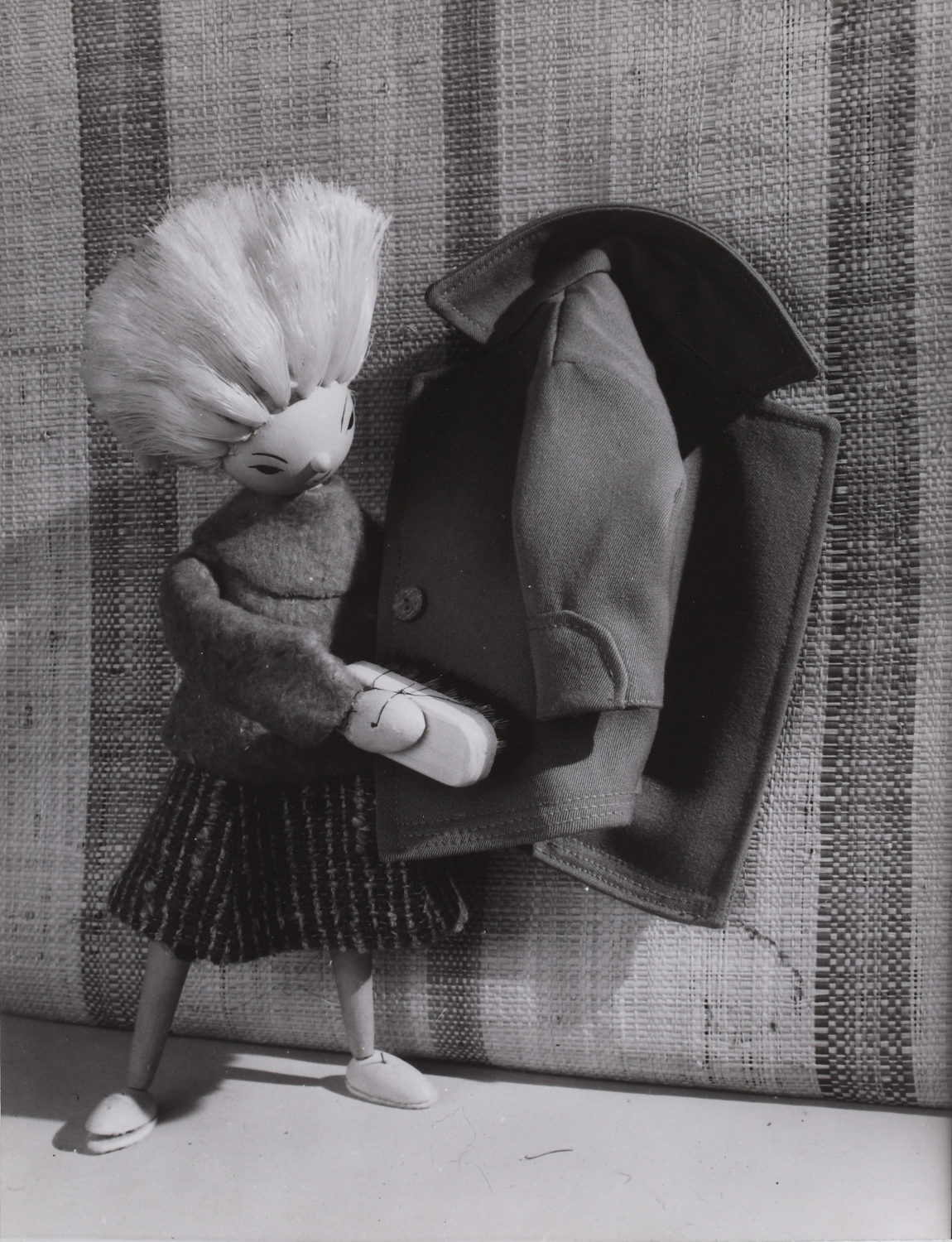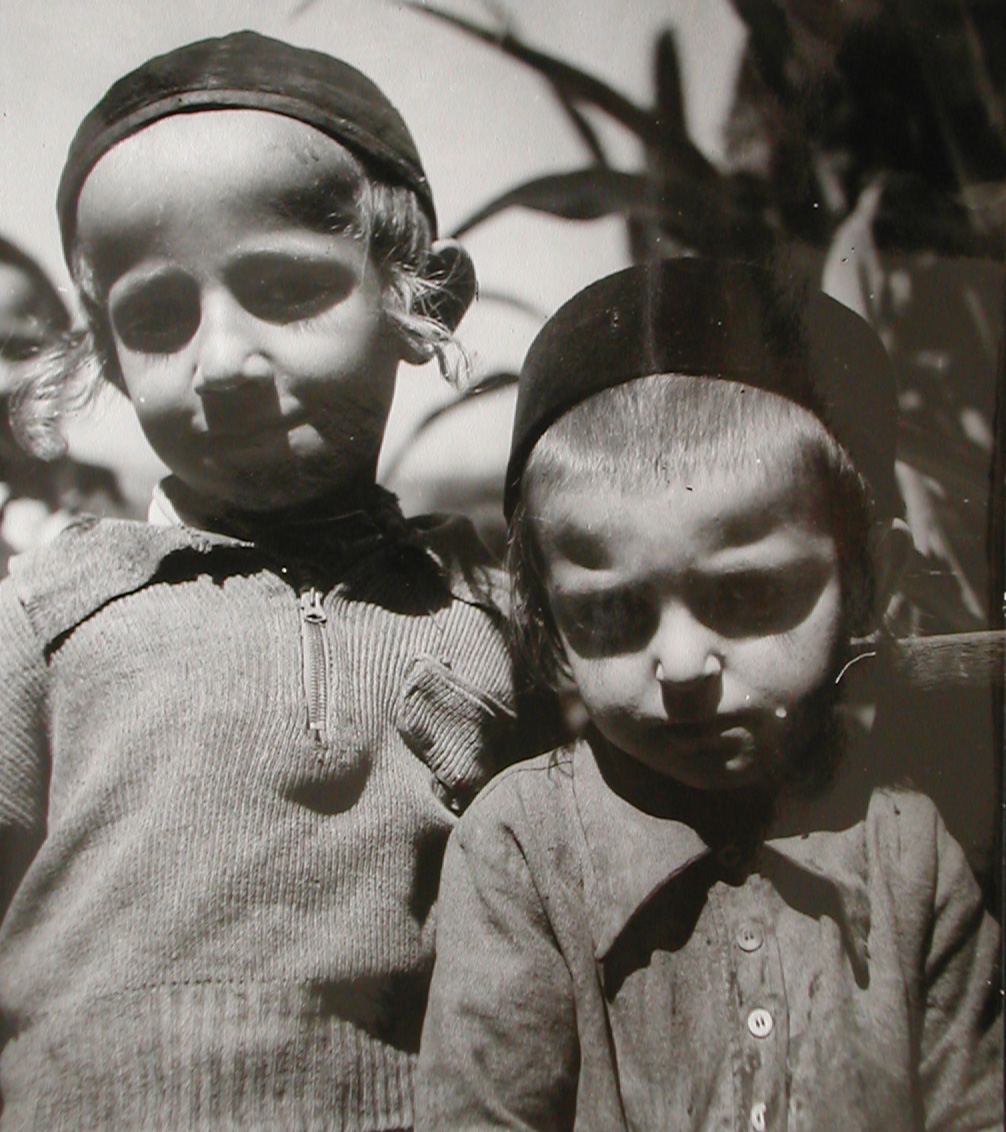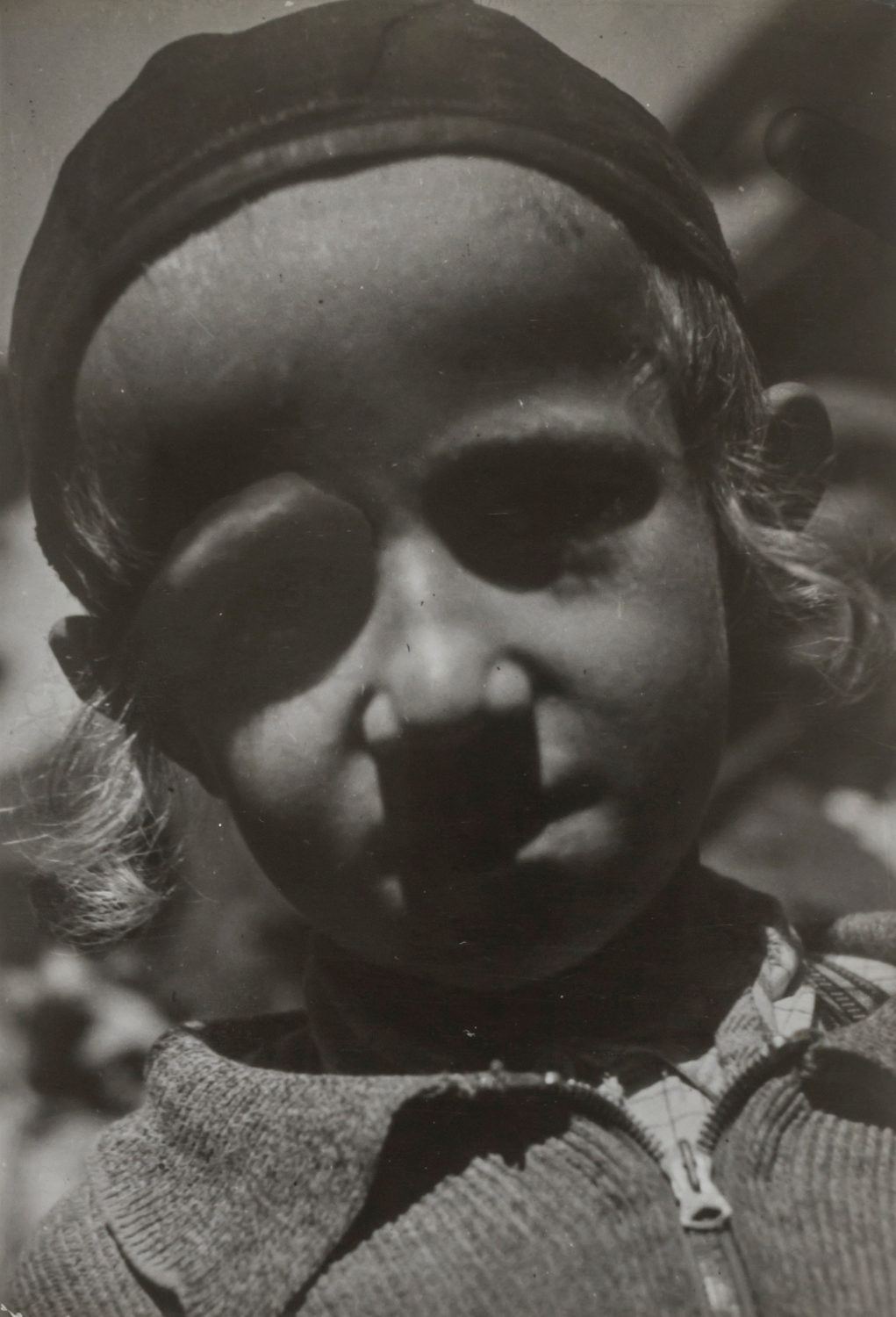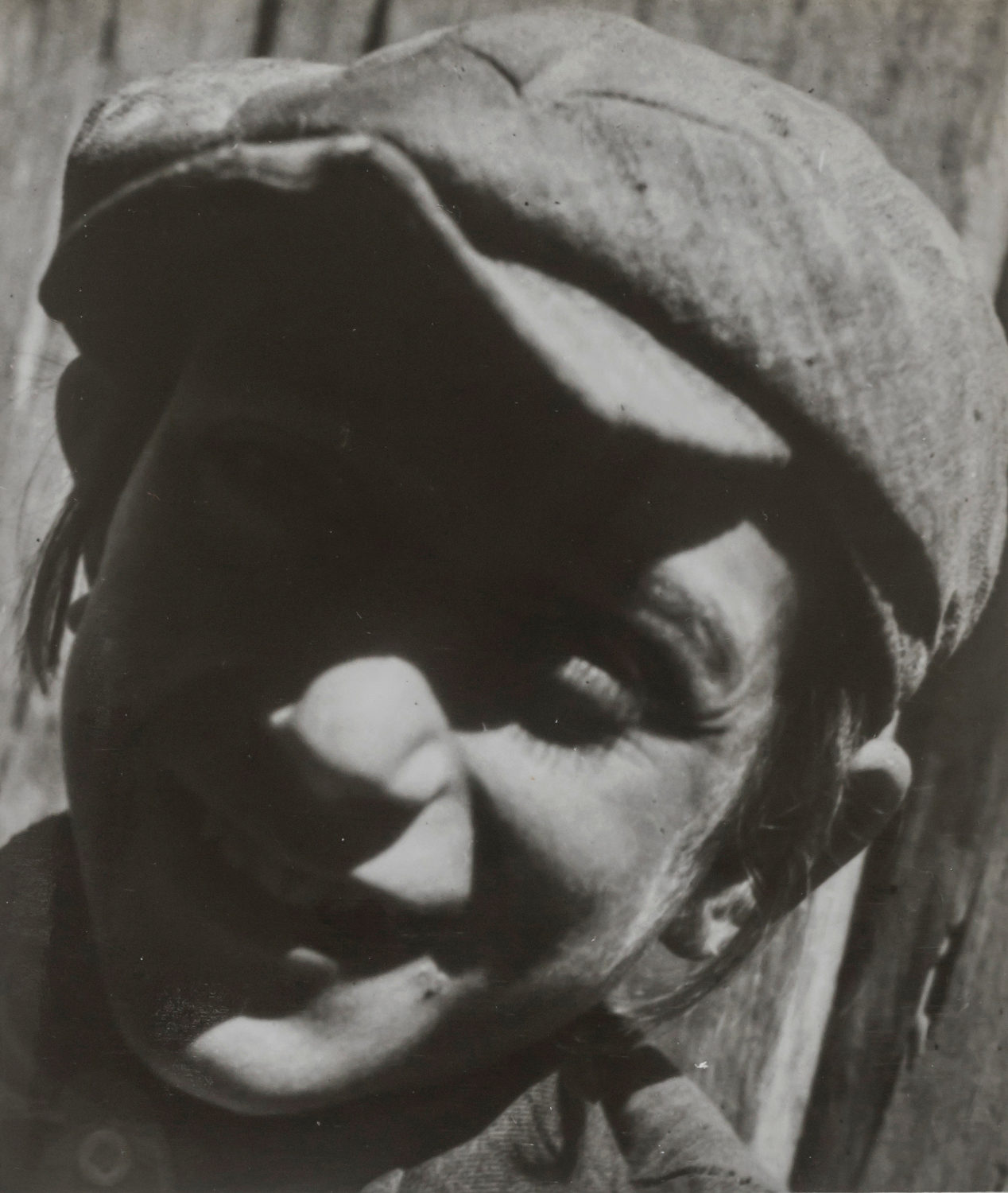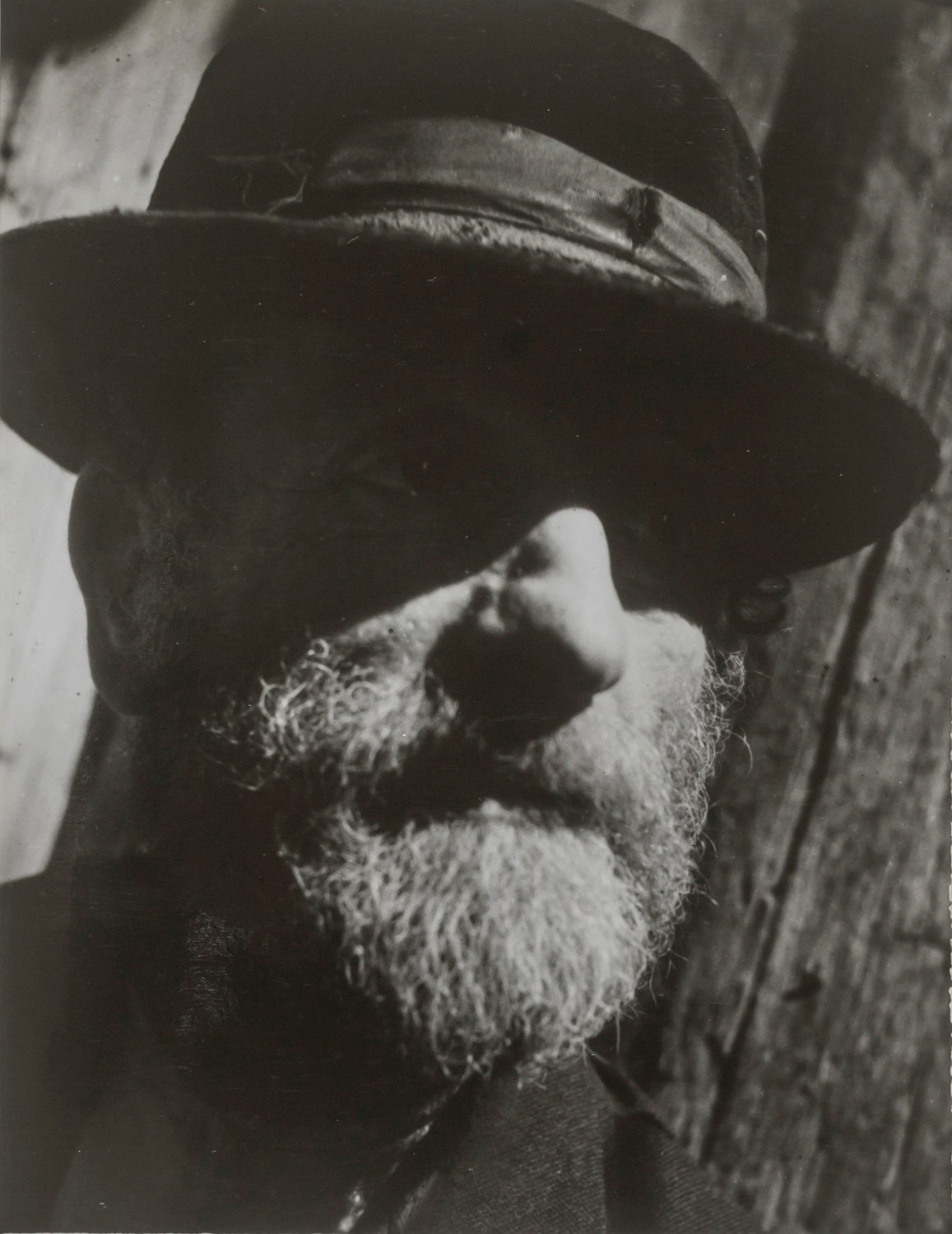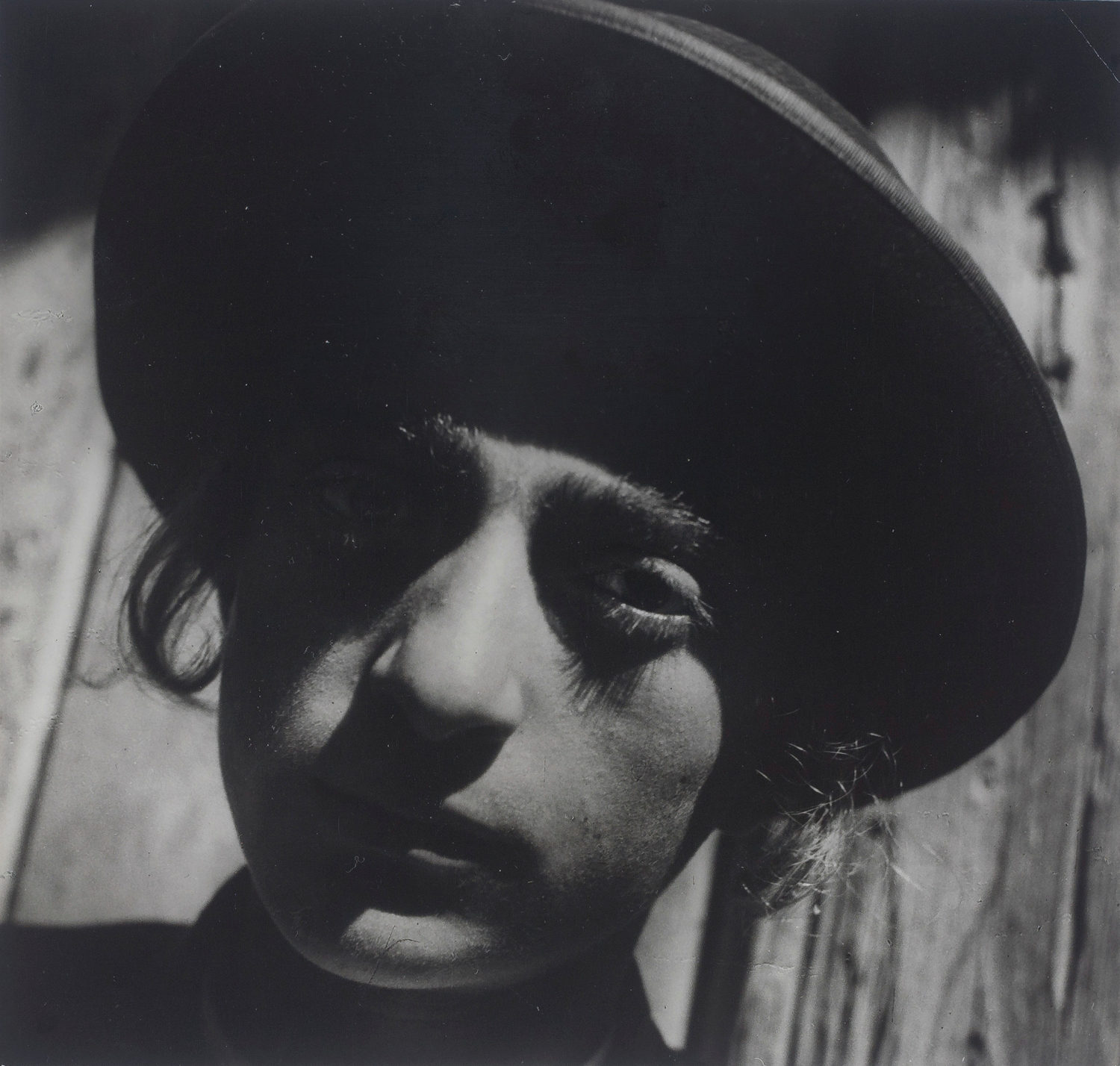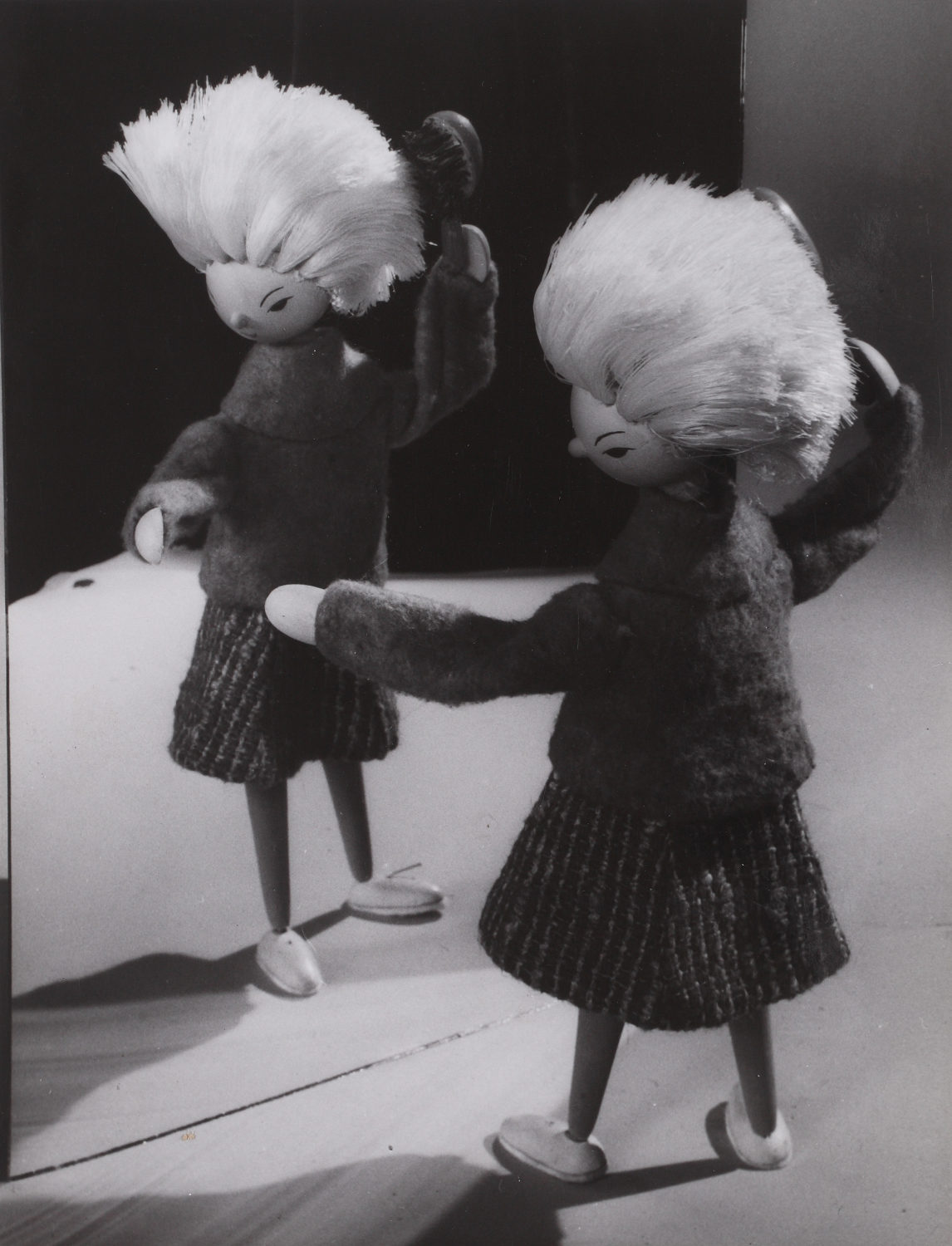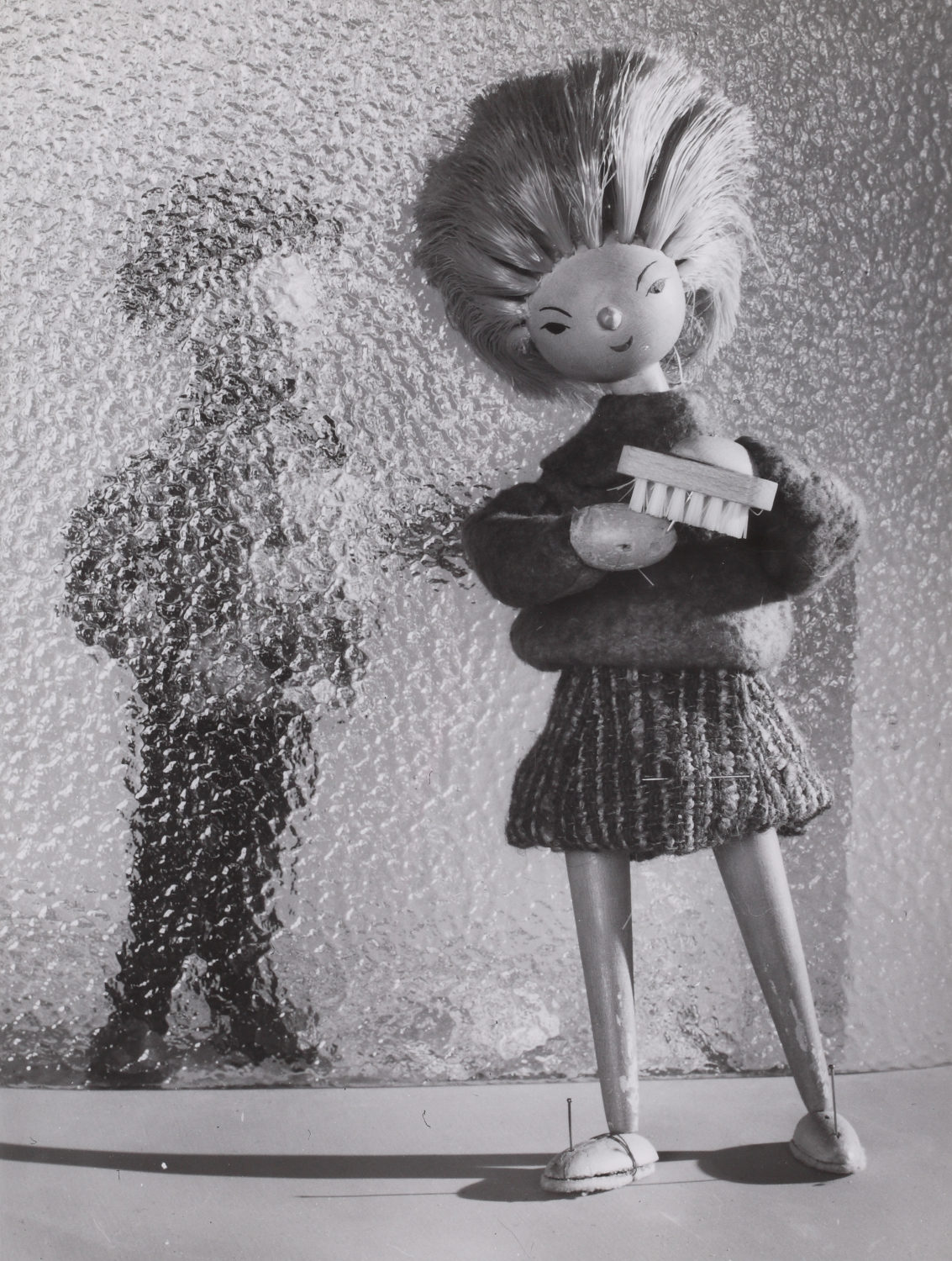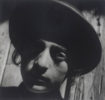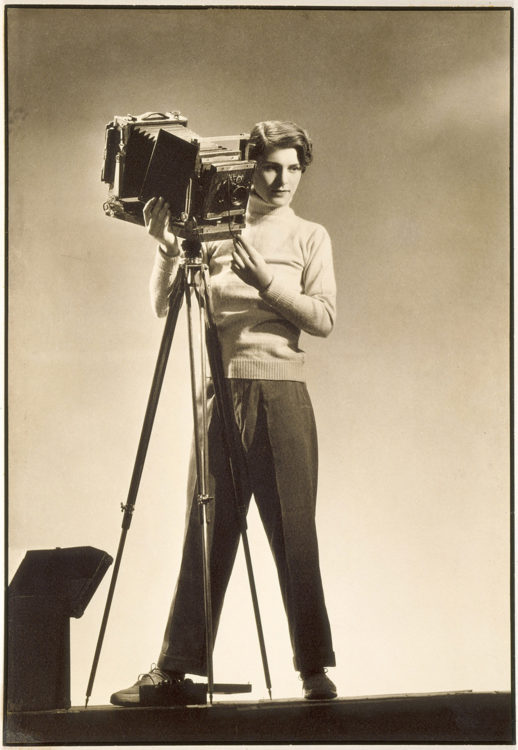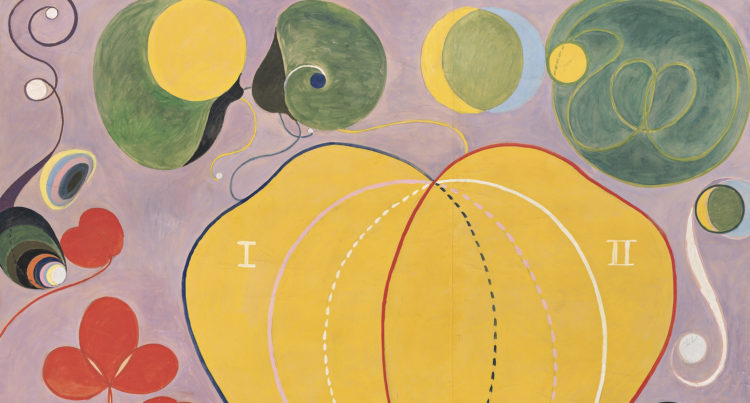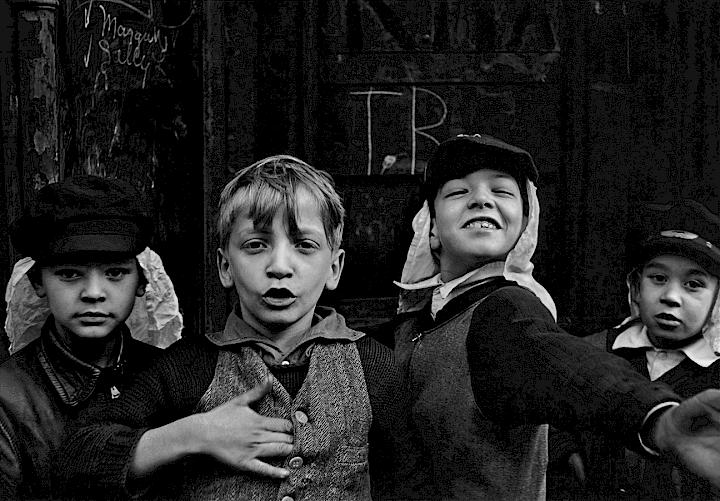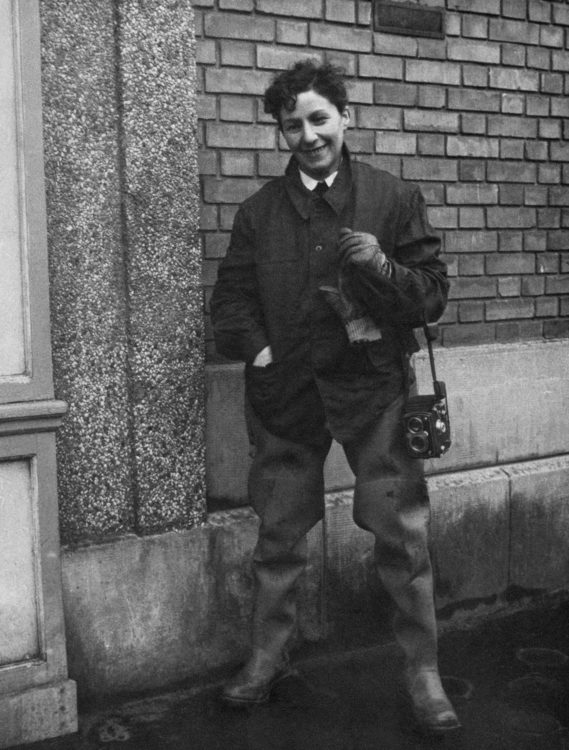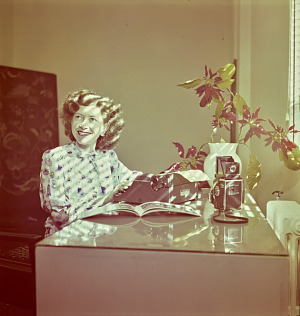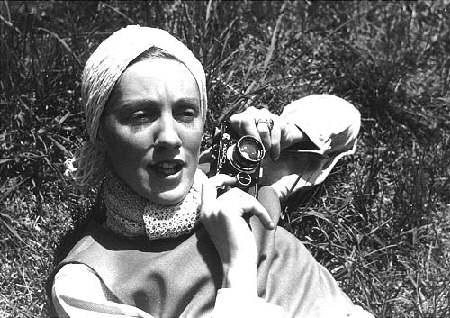Klára Langer
Hungarian photographer.
After studying painting and commercial art, Klára Langer graduated in photography studies in 1937. She turned to social photography in the 1930s and joined the Socialist Artists group. She travelled through Hungary, Transylvania, and several European countries to capture images of misery and despair, thus producing some of her best works. She arranged them – a radically new approach in Hungarian photography – into series of exceptionally dramatic intensity, emphasised by dark tones and strong lighting contrasts. Only a few of these remain: Moissonneurs (“Harvesters”), Ouvriers et chômeurs (“Workers and unemployed people”), Les Persécutés, Tsiganes, Juifs, Arméniens et Noirs (“The Persecuted, Gypsies, Jews, Armenians, and Black People”). The eyes of these deeply humiliated men and women are filled with sadness and age-old dread. In 1938-39, she worked in Paris for left-wing newspapers. While living in hiding under the German occupation, she photographed children and war orphans. Her series Nous sommes tous responsables pour eux (“We are all responsible for them”), which included pieces from before and after 1945, was made with the intention of mobilising society in their favour. Her famous picture Vers la lumière (“Towards the light”) marked the beginning of a new step in her career. As from 1945, she took part in propaganda campaigns for the reconstruction of Hungary; her photo-reportages made while working at Magyar Fotó (the future Hungarian Telegraphic Agency) from 1950 to 1954 reflect the socialist optimism mandated by official cultural policies.
She then remained unemployed for four years after being dismissed for protesting the nationalisation of the photographic art studios. Her portraits of writers and poets, which illustrate the volumes of the Beaux Vers series, are all excellent character studies. Her sociographic photographs perpetuate the memory of dying lifestyles and human relationships in communities attached to their ancestral traditions. From 1950 to 1972, she taught photography at the School of Fine and Industrial Arts. Working for the weekly newspaper Tükör (circa 1964), she produced mainly portraits of artists and illustrations for cultural reportages. Her album Children (1963) was published in three languages. A retrospective of her work was held in Budapest in 1961 and a monographic study, Fotó Langer, was published in 1973. Langer was awarded several major official decorations, as well as the Excellence FIAP honorary distinction.
© Éditions des femmes – Antoinette Fouque, 2013
© Archives of Women Artists, Research and Exhibitions, 2018



